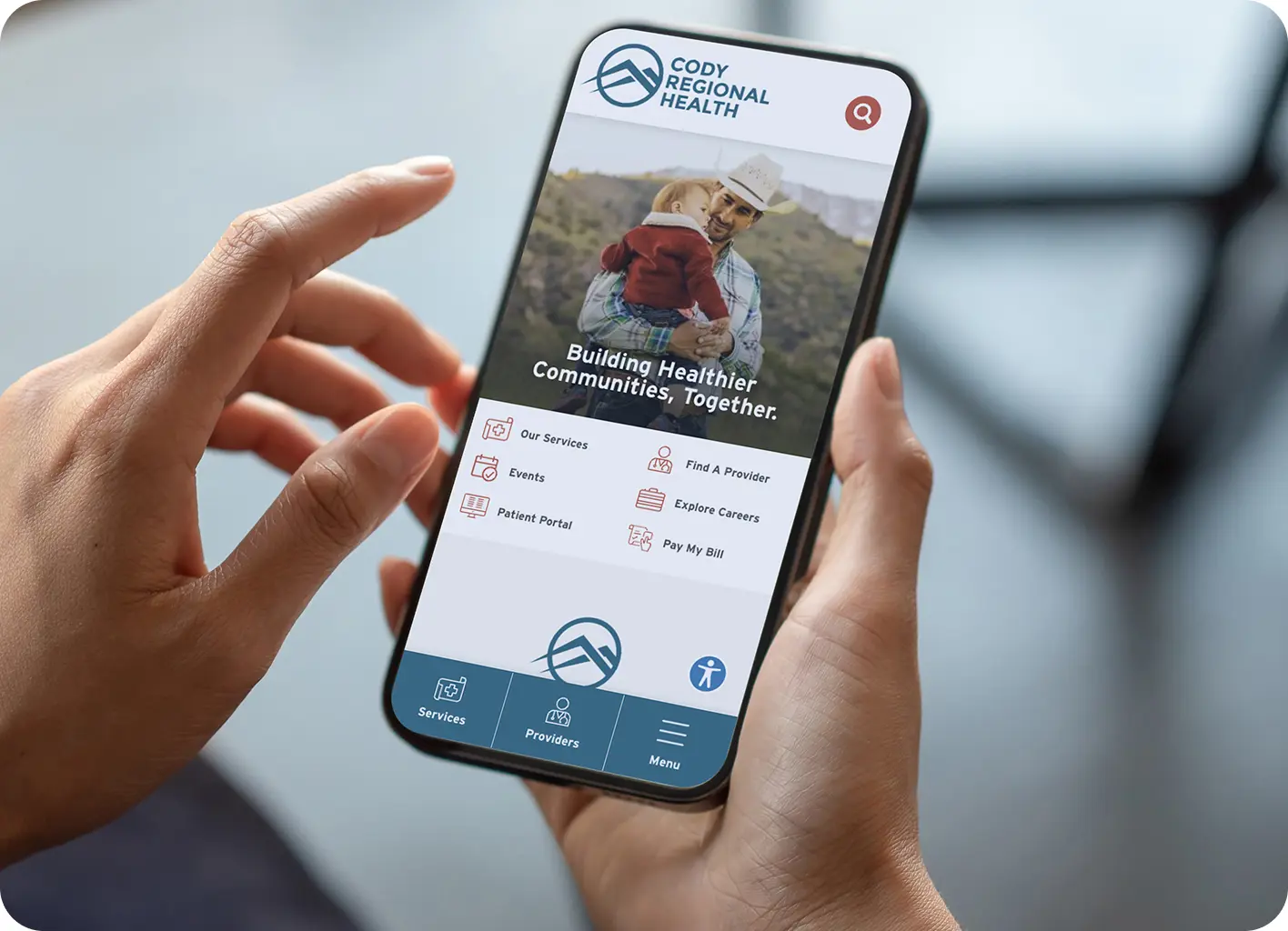
Built for medical practices. Built for growth.
We help dentists, chiropractors, veterinarians, pediatricians, and other healthcare providers bring in more patients, streamline their operations, and maximize their revenue—without the guesswork.

-
 Built for Local ProvidersYour website is often the first impression—and your most powerful conversion tool. We build custom, mobile-first websites that load fast, look great, and drive patient volume, backed by tools like AI chat, online scheduling, and full lead tracking.
Built for Local ProvidersYour website is often the first impression—and your most powerful conversion tool. We build custom, mobile-first websites that load fast, look great, and drive patient volume, backed by tools like AI chat, online scheduling, and full lead tracking. -
 Rank Higher. Faster.When people search for care, you need to show up. Our AI-backed SEO helps your practice rank higher and earn trust through strong, consistent content that brings long-term traffic—not just clicks.
Rank Higher. Faster.When people search for care, you need to show up. Our AI-backed SEO helps your practice rank higher and earn trust through strong, consistent content that brings long-term traffic—not just clicks. -
 Paid Ads, Proven ResultsPaid ads that work as hard as you do. We help your practice appear at the top of search results when it matters most—when patients are ready to book. With Scorpion, every ad dollar is tracked, every lead analyzed, and every opportunity optimized.
Paid Ads, Proven ResultsPaid ads that work as hard as you do. We help your practice appear at the top of search results when it matters most—when patients are ready to book. With Scorpion, every ad dollar is tracked, every lead analyzed, and every opportunity optimized. -
 AI-Powered SolutionsImmediately know which leads turn into patients, and we’ll invest your marketing dollars in what’s working. Track calls, clicks, and conversions, all in one place—no extra logins or confusing spreadsheets.
AI-Powered SolutionsImmediately know which leads turn into patients, and we’ll invest your marketing dollars in what’s working. Track calls, clicks, and conversions, all in one place—no extra logins or confusing spreadsheets.
Who We Help

More smiles. More patients.
We help dental practices stand out in saturated markets by getting you seen in local search results and building trust through online reviews. Whether you’re offering general dentistry, pediatric dentistry, or cosmetic treatments, our marketing is designed to:
- Attract patients looking to book now
- Keep your appointment calendar full year-round
- Make it easier to measure what’s working

Align marketing with growth
For chiropractors, visibility and trust are key. We make sure new patients find you online, feel confident in choosing your practice, and can easily schedule an appointment. Whether you’re solo or scaling, we bring in the right kind of leads, the ones that turn into patients.
- Increase your presence with targeted local ads
- Keep your brand strong with patient-centric content
- Never miss a lead with Scorpion's 24/7 AI chat

Earn Loyalty. Build Trust.
Pet parents want fast answers and trusted providers. We help veterinary clinics connect with local families through search, content, and reputation strategies that position you as the go-to expert.
- Help clients find you when it matters most—during emergencies and for preventive care
- Build loyalty with ongoing follow-up and pet care tips
- Convert leads with clear calls to action and online scheduling

Connect with parents. Build confidence.
Parents want a provider they can trust with their child’s health—someone who’s not only qualified, but also responsive and reassuring. Scorpion helps pediatric practices show up where parents are searching, with messaging and solutions that turn concern into booked appointments.
- Be there when parents are looking—especially during sick visits and back-to-school care
- Make it easy to connect with user-friendly websites and 24/7 chat
- Earn long-term trust with thoughtful follow-ups and educational content
Let’s work together to turn clicks into care. And turn marketing into measurable growth.